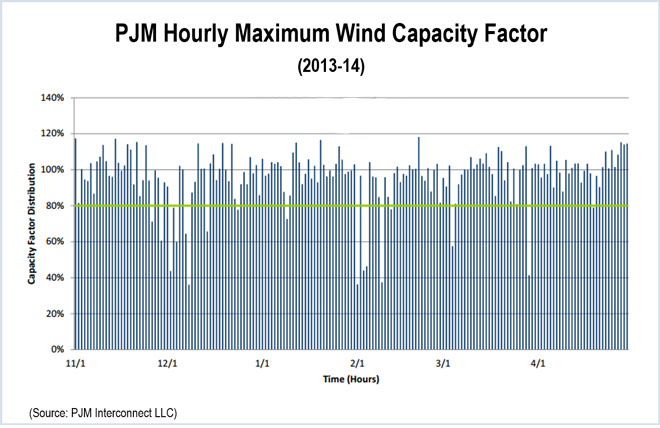VALLEY FORGE, Pa. — PJM is developing design, engineering and construction standards for non-incumbent transmission developers who can win “designated entity” status under the Federal Energy Regulatory Commission’s Order 1000.
PJM’s Suzanne Glatz told Thursday’s Planning Committee meeting that the RTO is seeking a balance between “innovative designs” and reliability. Greenfield projects would not have to conform to an incumbent transmission owner’s design standards but would have to meet reliability standards.
A non-incumbent could reference standards filed in FERC Form 715 for other jurisdictions, adhere to standards approved by PJM’s Transmission and Substation Subcommittee or win the subcommittee’s approval for the developer’s own standards.
Voltage Floor Among Changes to Improve Order 1000 Process
PJM is considering changes to improve the Order 1000 process and expects to present a problem statement to the Planning Committee after its fourth and final “lessons learned” conference call on the issue Feb. 27.
One possible change would exempt projects below 200 kV from the competitive process.
Improvements already underway include the use of webcasting, development of a new tool to permit the secure exchange of large files and process improvements to gain access to annual transmission planning and evaluation reports.
Light-Load Study: Generation Up, Load Down
PJM is considering changes to the assumptions it uses for modeling light-load conditions in transmission planning.
“We want to determine whether the assumptions we made four years ago should be revisited,” PJM’s Mark Sims said. “We have a lot more wind now. We have a lot more data.”
An analysis of light-load historical data confirmed that the windiest hours continue to be 1 to 5 a.m. November through April — a time when load often is less than the assumed 50% of the summer peak.
Meanwhile, wind generation often exceeds the 80% capacity factor assumed in the modeling.
Planners will discuss potential changes with stakeholders in March.
DR Assumption Model to Change

Currently, the model relies on the amount of DR that clears the Base Residual Auction and any Incremental Auctions for a delivery year. That amount is held constant for all future years.
One alternative PJM is considering would reduce DR by the lesser of either the locational deliverability area’s existing uncleared generation for the delivery year, or a rolling three-year average of the amount of DR replaced by other resources RTO-wide.
The three-year rolling average ending June 1, 2014, showed about 34% of DR was replaced RTO-wide.
Suzanne Herel

